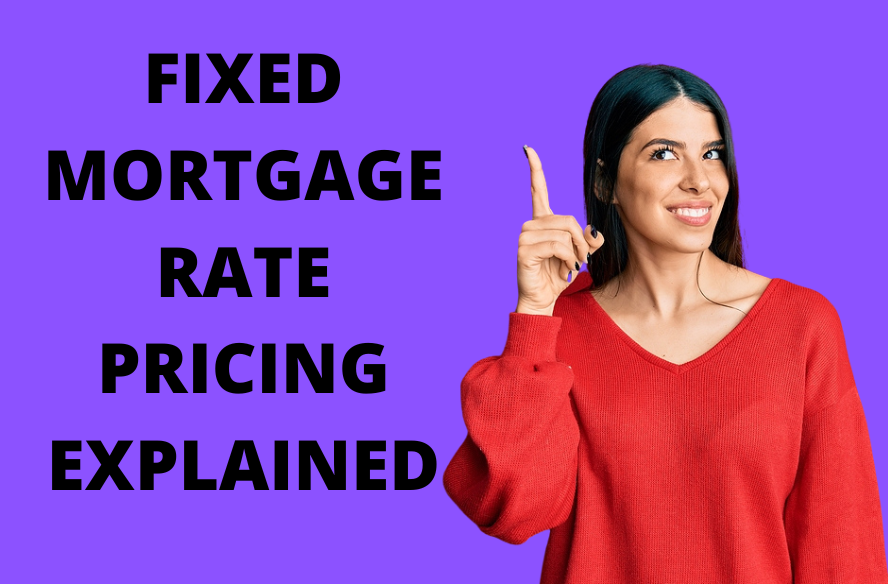Contrary to popular belief, lenders are not making hundreds of thousands of dollars off your mortgage. You might think that they are laughing all the way to the bank when they increase their rates, but this is not the case. This is because mortgage lenders don’t make their money on the rate itself. In fact, their profit can be the same regardless of whether the rate is 2.00% to 8.00%.
So if the rate isn’t what determines their profit, then what is it?
Mortgage lenders will set their fixed rates based on the spread between the bond yield and the rate you’re paying. Then they need to pay expenses out of that spread. When bond yields rise, the lender’s profit margin shrinks. When they drop, lender profit increases.
This doesn’t mean that fixed rates move perfectly in line with the bond yields. In fact, there can be large swings in either direction with no change in rate. This is because there are other factors that lenders need to take into consideration before setting their fixed rates:
- Market volatility
- Sentiment
- Risk (real or perceived),
- Other costs associated with fund acquisition, etc.
These can all have an influence on fixed mortgage rates and can result into them holding onto larger, or in some cases, thinner margins.
Mortgage lenders will generally look for a spread of 1.25% to 1.50% over the bond yield but that doesn’t mean they won’t accept higher or lower depending on market conditions as explained above. In some cases it could be as low as 1.00% or as high as 2.00% over the bond.
You can follow the bond yields yourself to observe the current trends. For more information on how rates are determined, I would recommend reading my blog on Why Different People are Quoted Different Rates
Conclusion
Mortgage rates are always changing and can move in either direction. Unlike the Bank of Canada rate announcements, there is no set timing for when fixed rates can change. In fact, fixed mortgage rates can change several times within a week, or they can remain unchanged for months. It all comes down to how stable or volatile the market is at the time.








Leave A Comment